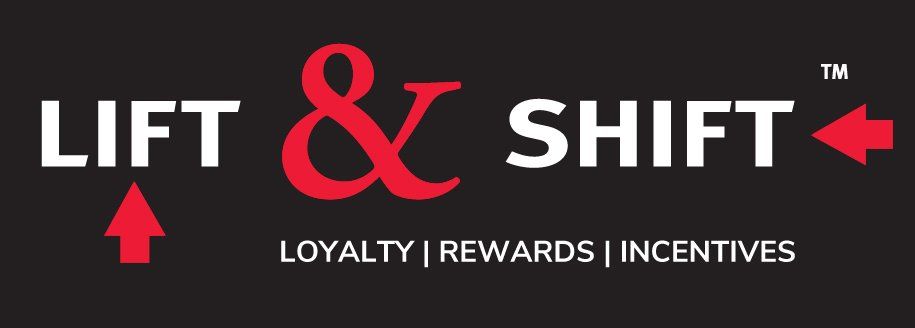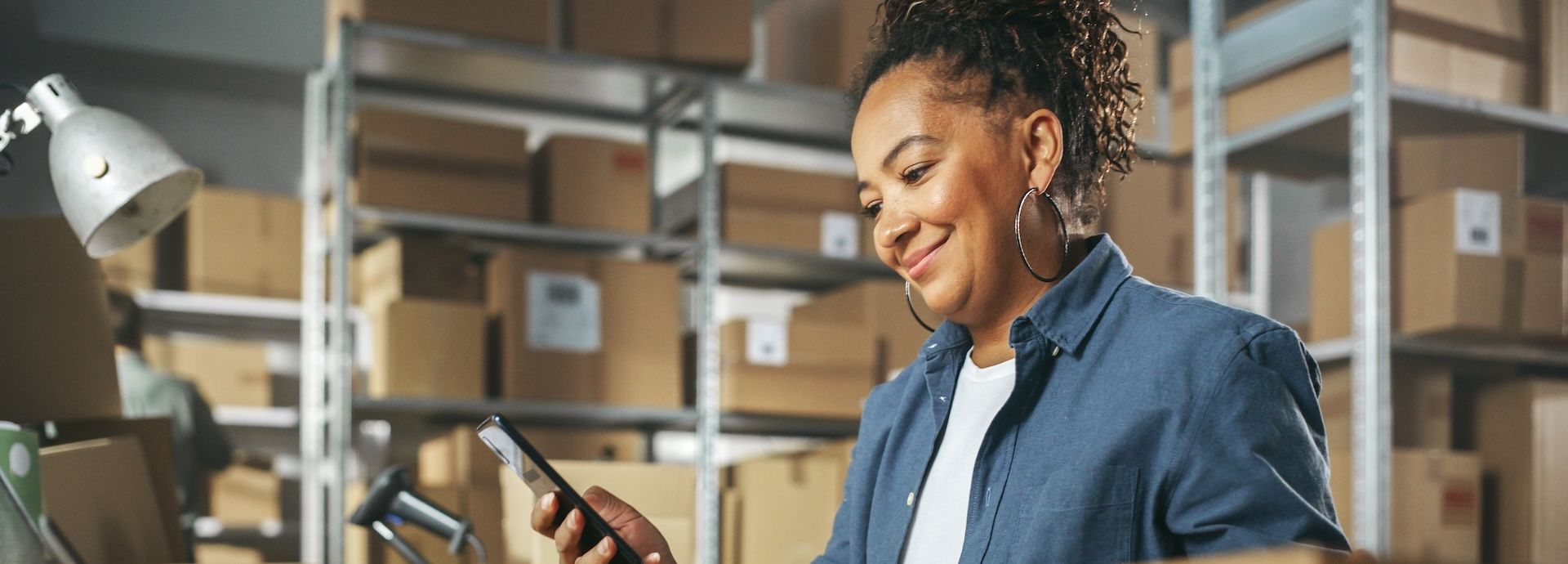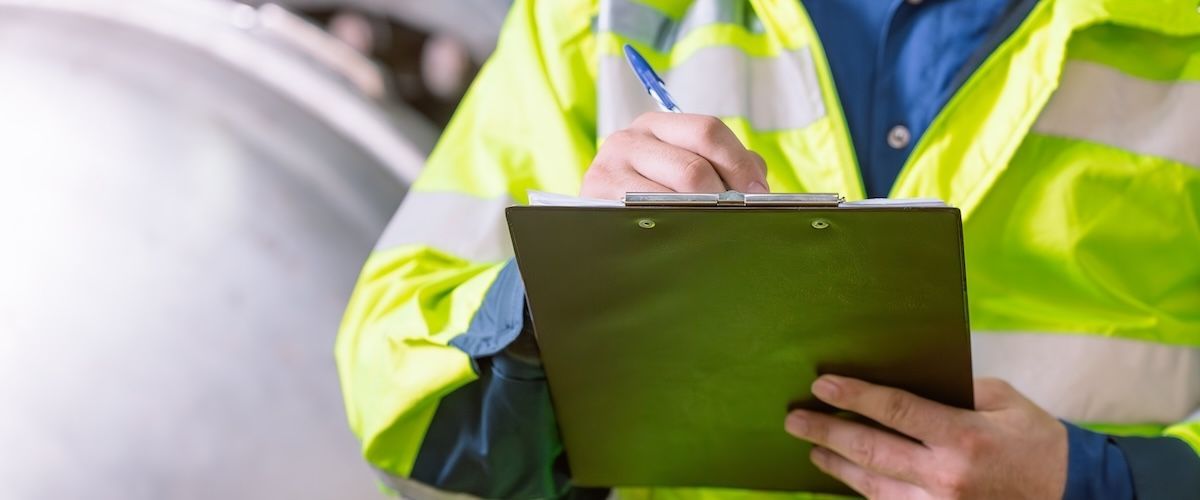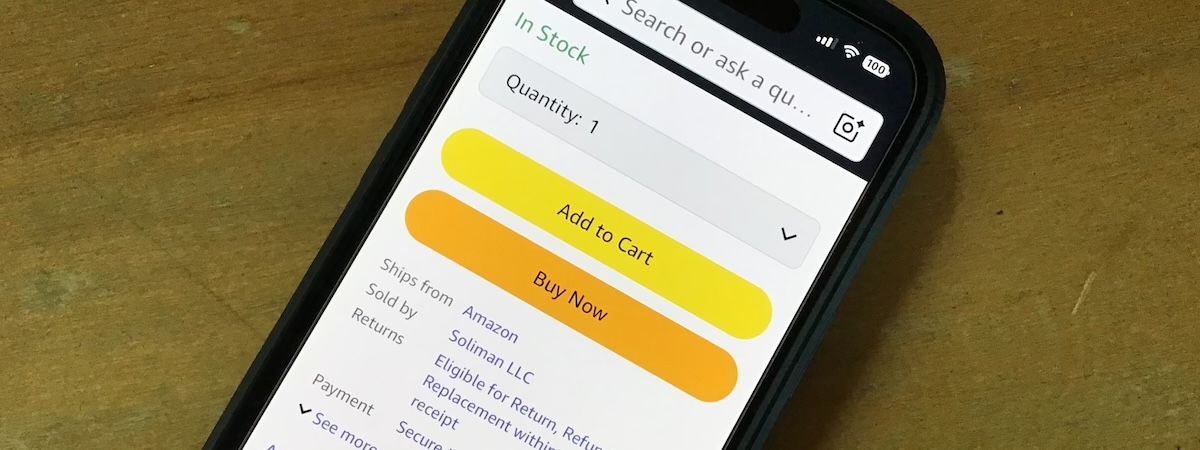How a Customized B2B Rewards Program Benefits Your Business
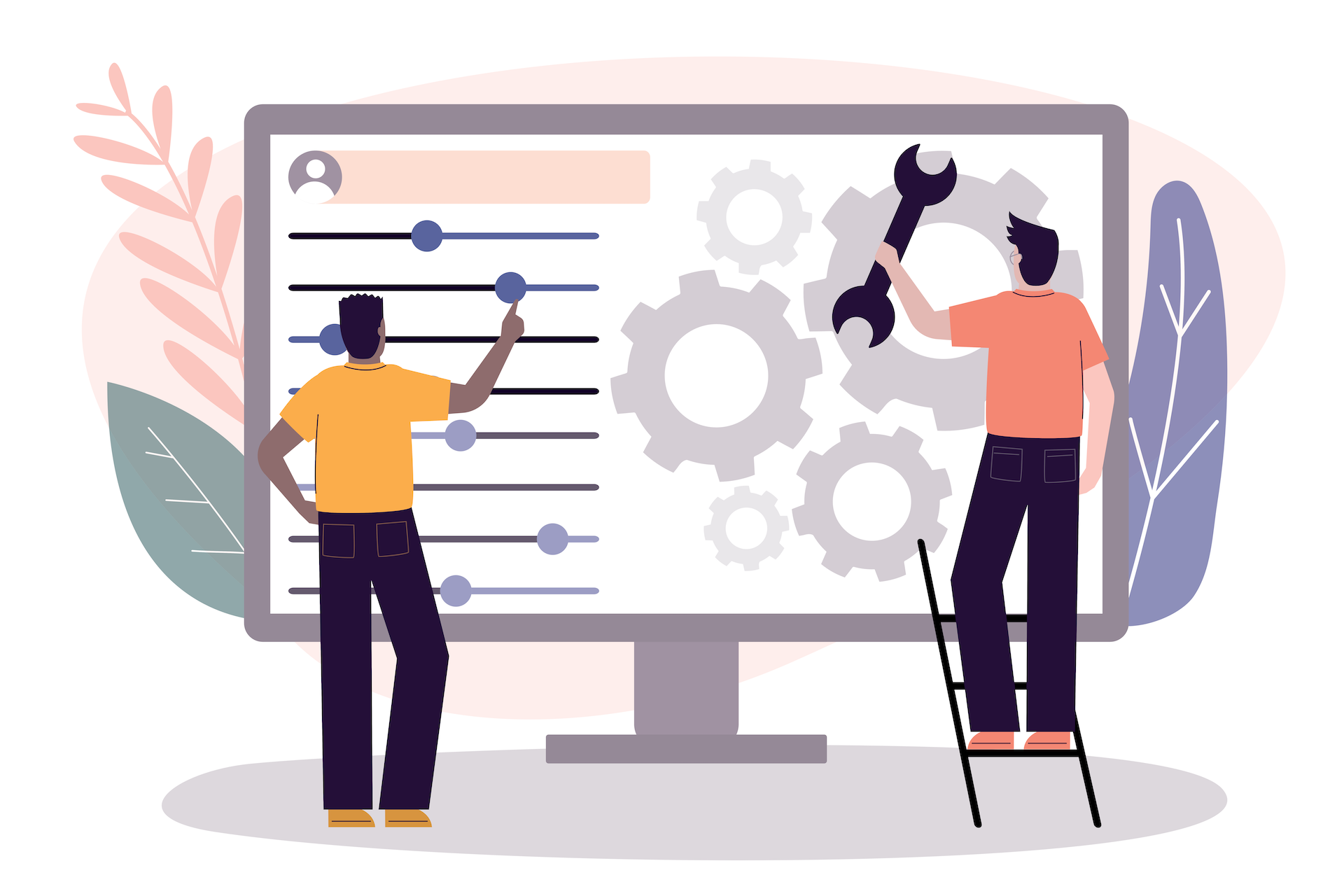
Building and maintaining strong connections with your customers and sales channel is paramount when working in the B2B channel. One highly effective strategy for achieving this is to implement a customized B2B rewards program. Such programs, which include B2B loyalty programs and sales channel incentive programs, have gained significant traction in recent years. They offer a plethora of benefits that can lead to increased customer retention, enhanced channel engagement, heightened customer satisfaction, and ultimately, improved business outcomes. In this comprehensive guide, we delve into the world of B2B customer and channel loyalty programs, exploring key concepts, strategies, and best practices to help you create a successful B2B rewards and incentives program tailored to your specific business needs.
Why loyalty programs are important
Before we dive into the intricacies of designing a customized B2B rewards and incentives program, let's take a moment to understand why these programs are essential for B2B companies.
In the B2B landscape, where long-term channel partnerships and customer relationships are the norm, fostering loyalty is of utmost importance. Here are some compelling reasons why B2B loyalty programs are crucial:
- Customer purchase lift: Regardless of economic conditions, be sure to capture as much share of available customer spending as possible—and drive lift by getting customers to simply direct more of their total available spending to you, away from other vendors. Cross-selling and upselling are just a couple of lift tactics easily incorporated into a B2B reward program.
- Sales channel engagement: Whether you sell direct or go through distribution, you want the people representing your brand to be focused on your products. Reward them for product knowledge, sell-through, new account openings, new product or service introduction targets, and any other defined sales objectives you may have for your sales team or channel.
- Enhanced customer retention: B2B loyalty programs are designed to reward and incentivize loyal customers. Customer retention is much more cost-effective than acquisition. By offering reward programs and incentives that are directly aligned with the needs and wants of your customers and channel partners, you're making an investment in a relationship that has long-term dividends.
- Improved customer and channel satisfaction: When customers and channel partners feel appreciated and valued, their overall satisfaction increases. B2B rewards programs provide a platform for expressing gratitude and strengthening your business relationships.
- Increased customer engagement: Engaged customers are more likely to actively participate in your B2B programs and provide valuable feedback. This engagement can lead to a better understanding of your customers' needs and preferences.
- Repeat purchases: Loyalty programs often offer rewards based on purchase volume or frequency. This incentivizes customers to make repeat purchases, which can significantly impact your bottom line.
- Data-driven decision-making: B2B loyalty programs often come with robust data and analytics services. This data can offer invaluable insights into the purchasing and sales behaviors, preferences, and pain points of your customers and channel partners. By leveraging this information, you can make informed decisions that not only optimize the customer and channel experience but also facilitate customized marketing and program enhancements.
- Strengthening brand advocacy: When channel partners are actively engaged in a loyalty program, they're more likely to become brand advocates. Through reward fulfillment and other incentive programs, you can provide them with experiences that exceed expectations, turning them into willing advocates who will take more time to learn about your products and services and champion them. This kind of advocacy is particularly important in B2B relationships, where word-of-mouth and peer recommendations are often more influential than any advertising campaign.
Key components of a successful B2B rewards program
Now that we've established the importance of B2B loyalty programs, let's delve into the key components that make them successful.
- Clear objectives: Start by defining your program's objectives. What do you hope to achieve? Whether it's boosting sales, increasing channel partner engagement, or gathering valuable data and insights, your objectives should guide the program's design.
- Personalization and customization: Personalization is one of the most effective B2B loyalty program tactics to improve the customer experience. One size does not fit all in B2B loyalty programs. When you can tailor your rewards and incentives to the specific needs and behaviors of your customers and channel partners, you make your program much more appealing. Consider factors such as industry, company size, and the preferences of program participants. According to McKinsey, personalization often drives a 10%-15% revenue lift (with company-specific lift spanning 5%-25%, driven by sector and ability to execute). The report goes on to say, “The more skillful the company becomes in applying data to grow customer knowledge and intimacy, the greater the returns.” Companies that excel at personalization generate 40% more revenue from those activities than average players.
- Data collection and analytics: As confirmed in the article noted above, leveraging data and analytics services is essential for understanding the behavior of your program participants. It enables you to make data-driven decisions, refine your program, and maximize its effectiveness.
- Growth-based earning structure: While every good loyalty program should include a retention element to reward ongoing behavior (sales or purchasing), an effective B2B loyalty program idea includes growth-based earning tiers as a key to encouraging lift and securing greater market share from customers.
- Diverse reward selection: Offer a wide range of rewards to cater to different preferences. These may include monetary incentives, popular merchandise, access to exclusive events, travel, or even personalized experiences.
- Cross-channel engagement: An omni-channel approach is another B2B loyalty program idea in today's digital age. Program participants expect a seamless experience across various touchpoints, from personalized web portals to customer service lines. This enhances the customer experience and further embeds loyalty.
- Program marketing: Just like any other product or service, your B2B loyalty program needs effective marketing. Be sure to leverage your existing customer or channel touchpoints to promote your program(s) and create targeted marketing campaigns to raise awareness and encourage participation.
- Program management: Full-service program management is a critical component. This involves professionally overseeing the day-to-day operations, monitoring participant activities, making program enhancement recommendations, and ensuring the program runs smoothly. You can’t afford to have any customer- or channel-facing program be poorly conceived or implemented. You only get one chance to make a good first impression with a program, so experienced program managers are crucial.
- Communication and feedback loop: Maintaining an open line of communication with your program participants is essential for any B2B customer loyalty program. Regular updates, surveys, and feedback sessions can keep your program agile and responsive to the participants' needs, thus enhancing customer satisfaction.
How to create a customized loyalty program for B2B businesses
Now that we've outlined the key components, let's move on to the design phase of your customized B2B rewards program. Here's a step-by-step guide:
Step 1: Know your audience(s)
The first and most crucial step is to understand your audience. Who are or will be your program participants? Are they direct customers, downstream customers, channel partners, contractors, retail sales associates, distributors, VARs, or distributor sales reps? Knowing your audience's characteristics and preferences will shape the entire program.
Step 2: Set clear goals
Clearly define the goals you want to achieve with your B2B customer loyalty program. Are you aiming to increase sales, strengthen partner relationships, or gather market insights? Each goal will require a different approach.
Step 3: Choose the right rewards
Select rewards that resonate with your audience. For B2B loyalty programs, consider rewards such as,
- High-quality merchandise or customized products
- Experiential trips and travel
- Pre-paid credit cards and retailer gift cards
- Tickets to popular events
- Cash incentives
- Training and development opportunities
- Exclusive networking events
- Access to industry conferences or trade shows
Remember, the rewards should be enticing enough to improve the customer experience and motivate a potentially diverse universe of program participants to actively engage with your brand.
Step 4: Create a tiered structure
Encourage growth and reward top performers. Implement a tiered structure that rewards participants based on their level of engagement or performance. This can create a sense of achievement and progression within the program.
Step 5: Develop a clear communication plan
Effective communication is key to the success of your program. Create a communication plan that includes:
- Program launch announcements
- Regular updates on new bonus reward options and individual tier achievements and/or status levels
- Reminders and deadlines
- Channels for feedback and inquiries
Step 6: Put your sales data to work
Utilize data and analytics services to track participant behavior and measure the program's impact. This data can help you refine your program and make informed decisions about who to target with what sales goals.
Step 7: Evaluate and evolve
Regularly evaluate the program's performance against your defined goals. Use participant feedback and analytics to make improvements and adjustments as needed.
Best practices for a successful B2B loyalty program
To further enhance the effectiveness of your B2B rewards program, consider the following best practices:
- Transparency: Be transparent about program rules, eligibility criteria, and how rewards are earned. Transparency builds trust.
- Sustainability: Ensure the program's financial structure is sustainable over the long run. Employ structures where rewards can be accrued by participants. This ensures your offer values can be more modest without sacrificing impact. Reward year-over-year growth achievements, as the incremental gross profit you derive from the growth can easily pay for a program many times over. Avoid offering rewards that are financially unsustainable for your business.
- Consistency: Maintain consistency in program management and communication. Consistency fosters reliability and trust.
- Continuous improvement: Don't view your program as static. It can always be fine-tuned for optimal ROI and should reflect the current sales objectives of your company. They do change, and so should your program as a result. Continuously seek ways to improve and adapt to changing market conditions and participant preferences.
Measuring the success of your B2B loyalty program
Measuring the success of a B2B loyalty program is crucial to assess its effectiveness and make data-driven improvements. For channel partners in particular, KPIs related to average order value and frequency of repeat purchases are key indicators of program success. Here's how to measure these aspects and other relevant KPIs:
1. Sales growth:
- Track the growth in sales by your sales team or from your B2B customers who are active participants in the loyalty program.
- Compare this to the sales growth from sales team members or customers who are not part of the program.
2. Average order value (AOV):
- Calculate the AOV of your customers and channel partners participating in the loyalty program. This metric helps determine if the program is encouraging larger orders.
- Compare the AOV of loyalty program participants to non-participants to assess if the program is driving higher-value transactions.
- Monitor AOV trends over time to identify any significant changes and their correlation with loyalty program activities.
3. Frequency of repeat purchases or sales:
- Track how often customers make repeat purchases or channel partners make repeat sales within a specific timeframe.
- Compare the frequency of purchases or sales between program participants and non-participants to gauge the program’s impact on customer retention.
- Analyze if there’s an increase in the rate of repeat purchases or sales after the participants join the loyalty program.
4. Retention rate:
- Compare the retention rate of loyalty program participants with non-participants to evaluate the program's impact on retaining customers.
5. Redemption rate:
- Measure how many loyalty rewards are redeemed by the program participants. This indicates the attractiveness of the rewards and the program's effectiveness in driving engagement.
- Analyze the types of rewards that are redeemed most frequently to optimize the reward offerings.
6. Referral rate and new account openings:
Over 90% of all B2B purchasing decisions are influenced by peer referrals, and 84% of B2B buyers begin the purchasing process with a referral. Source: Peekage
- Measure how many new customers and channel partners are acquired through referrals from existing program participants.
- A higher referral rate indicates that your participants are acting as advocates for your brand. Many programs recognize and reward referrals from program participants as a sales tactic.
7. Cost of program vs. revenue generated:
- Evaluate the cost of running the loyalty program against the incremental revenue generated from the customers or channel partners who participate.
- Ensure that the program is delivering a positive return on investment.
8. Program participant satisfaction:
- Collect feedback from your B2B customers, sales team, and channel partners through surveys and direct communication to identify areas for improvement. Ask them for suggestions about new ways the program could be used to address issues and opportunities.
Use this feedback to make necessary program enhancements and adjustments.
Why a customized B2B loyalty program is a strategic must-have
In the business-to-business sector, a well-crafted and customized rewards program isn't just a nice-to-have; it's a strategic imperative. It can enhance customer retention, drive sales team and channel performance, increase sales and revenue, deepen customer engagement, and give you a competitive advantage. Moreover, it builds brand loyalty, provides valuable data and insights, and opens doors to referral opportunities.
Remember that the key to a successful B2B loyalty program is ongoing customization and a deep understanding of your individual program participants’ needs.
With a customized B2B rewards and incentives program, you can transform your customer and sales channel relationships, improve customer loyalty, boost revenue, and gain a competitive edge in your industry. If you have any questions or need further guidance on implementing a loyalty program for your B2B company, feel free to reach out to us.
The Ultimate Guide to B2B Loyalty Programs
This article is part of a series covering how growth-based loyalty programs can elevate sales and company profits by incentivizing current customers to spend more, attracting new customers with appealing rewards, and motivating your sales team.
If you'd like to learn more about B2B Loyalty Programs, read the next article in the series: "How Rewards Drive Better Customer Engagement".
For an overview of all articles in the series, please visit our resource page "Maximizing Retention: Your Comprehensive Guide to B2B Loyalty Programs".
Lift & Shift™ offers a powerful proprietary B2B reward platform that can help your company leverage its sales data to drive incremental purchases with customers and channel partners or motivate sales staff. We work with manufacturers, distributors, and service providers to analyze sales data, improve efficiencies, accuracy and service levels, and other valuable targeting opportunities.
We create and deliver highly relevant offers to customers, in-house sales staff, or sales associates, motivating your target audience to respond, using a wide array of appealing reward options as influencers. Our performance-based reward structures deliver an unparalleled return on investment, with absolutely no wasted budget.
Our customizable reward platform enables clients to easily benefit from a robust loyalty reward program. It's affordable and includes Lift & Shift’s turnkey professional program administration. We take care of everything, so you can focus on your key initiatives.
Looking to create or improve your program?
We can help!
Blog page form

